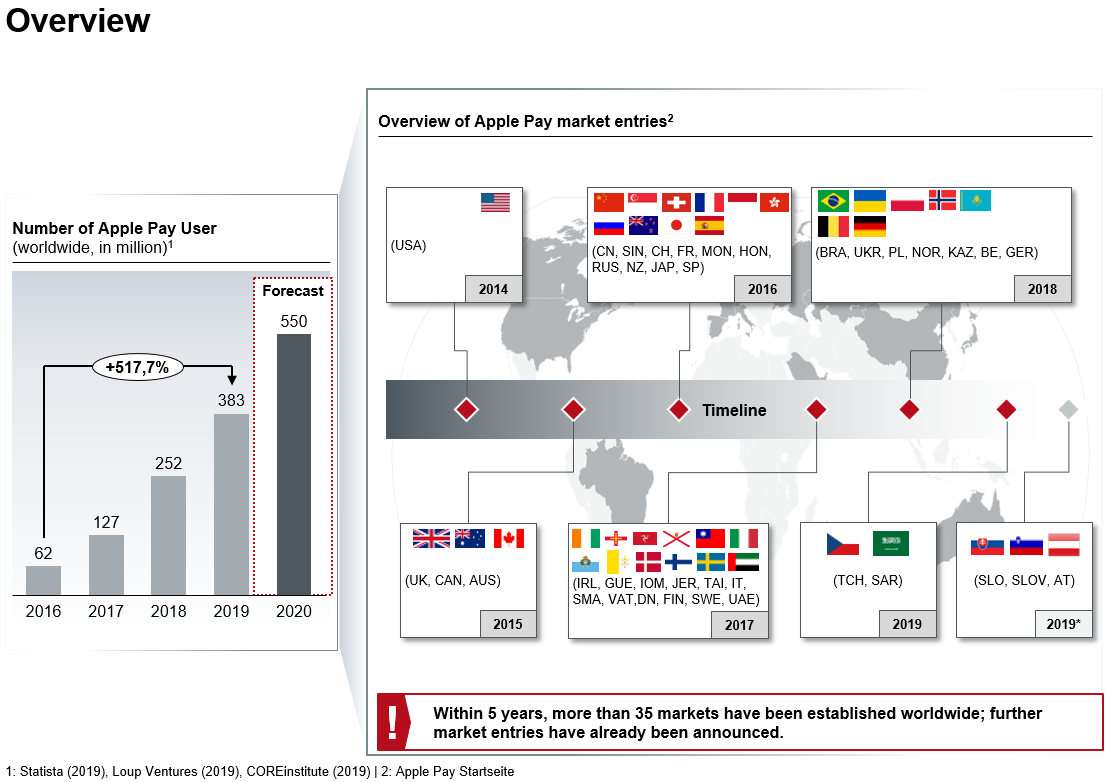Le trio infernal - When a Card Scheme, a Tech Provider and a Bank join forces
Meet our authors
Expert EN - Dominik Siebert

Dominik Siebert is Managing Partner at CORE and has extensive experience in complex transformation projects in the financial industry, from strategic conceptualisation to implementation management....
Read moreDominik Siebert is Managing Partner at CORE and has extensive experience in complex transformation projects in the financial industry, from strategic conceptualisation to implementation management. At CORE, Dominik focuses on projects for the development and strategic positioning of digital payment solutions.
Expert EN - Fabian Meyer

As Managing Partner at CORE, Fabian Meyer is responsible for the implementation of complex IT projects with a focus on digitalization projects in the banking industry. He has several years of consu...
Read moreAs Managing Partner at CORE, Fabian Meyer is responsible for the implementation of complex IT projects with a focus on digitalization projects in the banking industry. He has several years of consulting experience in the banking sector and in transformation engineering.




